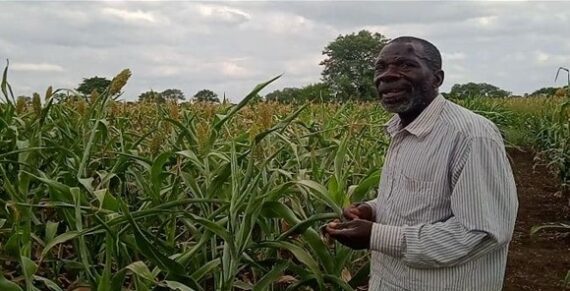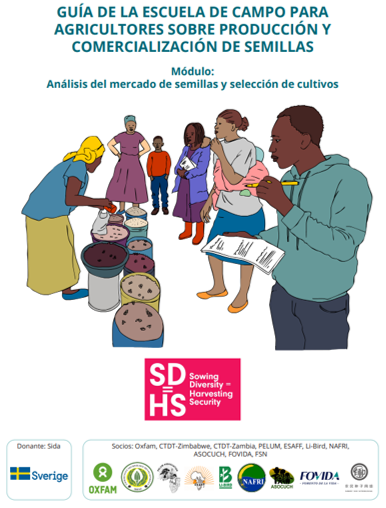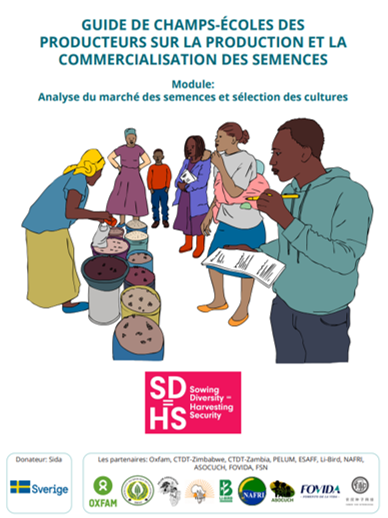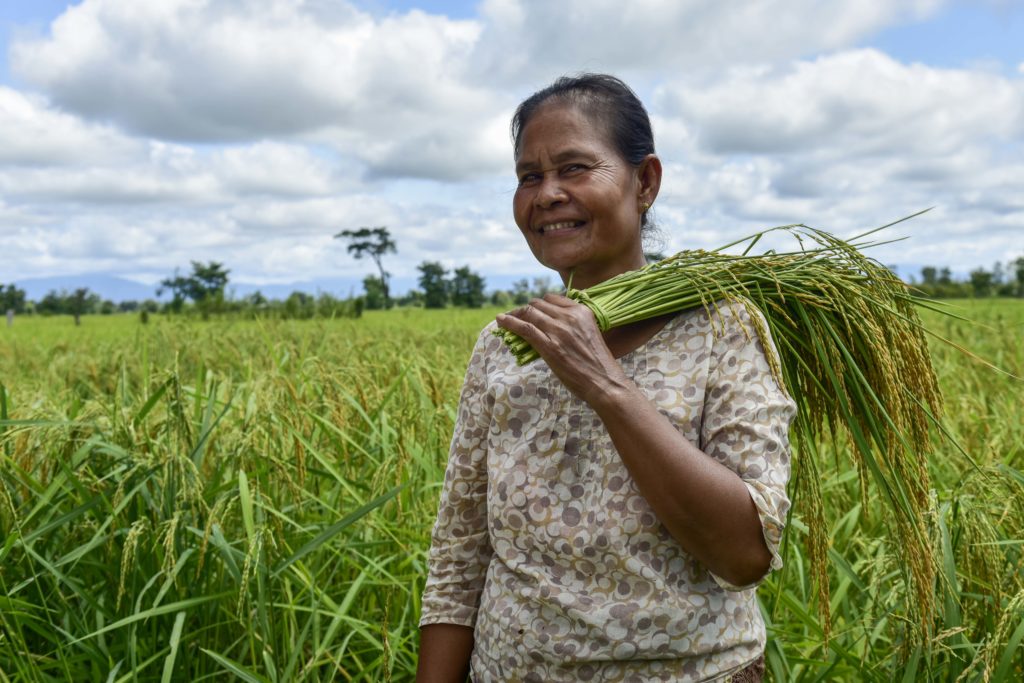Translated by Obey Mugwira, and Manata Jeko, Field Officer CTDT Zimbabwe
My name is Muzamani Lihinga. I am a 63 year old smallholder farmer from Maihwa village ward 6 of Chilonga in Chiredzi district to the South East of Zimbabwe. I am a member and facilitator of Hlubuko Farmer Field School (FFS).
Effects of climate change in my village
My village, Maihwa receives very little annual rains, about 500mm per year according to the local agricultural extension worker. The rainy season usually starts in November and lasts until March, under normal circumstances. Our wettest month tends to be January when we receive as much as 125mm of rains. After the rains we usually experience an extremely dry season, which lasts from April to October. The driest month is July when records show as little as 3mm of rainfall.
From May to August, the temperatures are a bit cooler during the day. But lately, this has not been the case. The long dry spell is lasting a lot longer, and the rains are becoming very erratic. The first rains might fall as late as February, four months later than normal. The daily temperatures are becoming very hot and unbearable. On the warmest days, temperatures usually reach 38°C. However, nowadays we experience temperatures of about 42°C. As a result, we are losing a lot of crop varieties we grow for food. I have no doubt: this is as a result of climate change.
Participatory plant breeding to increase crop diversity
Our community in Chiredzi is carrying out participatory plant breeding in collaboration with the SD=HS project with the sole objective of bringing in more diversity. This, we believe, will help us to adapt to climate change which is leading to the loss of many local varieties.
My Farmer Field School Hlubuko, for example, carried out Participatory Variety Selection (PVS) of sorghum varieties from 2019 to 2021. Farmers selected crops based on breeding objectives set with all members of the group. We decided to select for 3 traits: early maturity, large panicle size, and drought tolerance. We decided to put our local variety Mwamuzamani as the local control.
SRD 6 and its adoption
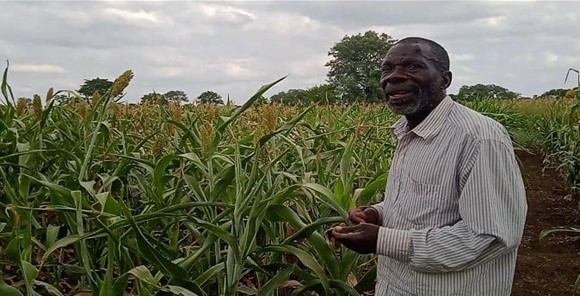
The results of our PVS work showed that the best performing variety was SDR 5. It came out as the top among all the other varieties, followed by SDR 6. I decided to adopt SRD 6 and plant it on my Pfumvudza plot, a government conservation farming programme which aims to increase crop production and ensure food security in the country. So, l planted a 0.06-hectare plot of SDR 5 during the 2021 to 2022 season. I managed to harvest 8 times 50kg bags of the SDR5 and sold 5 times 50kg to other farmers at Z$135 (UDS0.30) per kilogram.
The Importance of PPB work in Chiredzi
Participatory Plant Breeding work has helped my community in more ways than one. I am now able to adopt new varieties that suit my agroecological conditions and improve my family’s food and nutrition security. In addition, the SD=HS program has done a lot in raising awareness on important issues like climate change and farmers rights. I am now a better farmer.
You can reach out Obey Mugwira and to Manata Jeko, Field Officer at CTDT Zimbabwe

